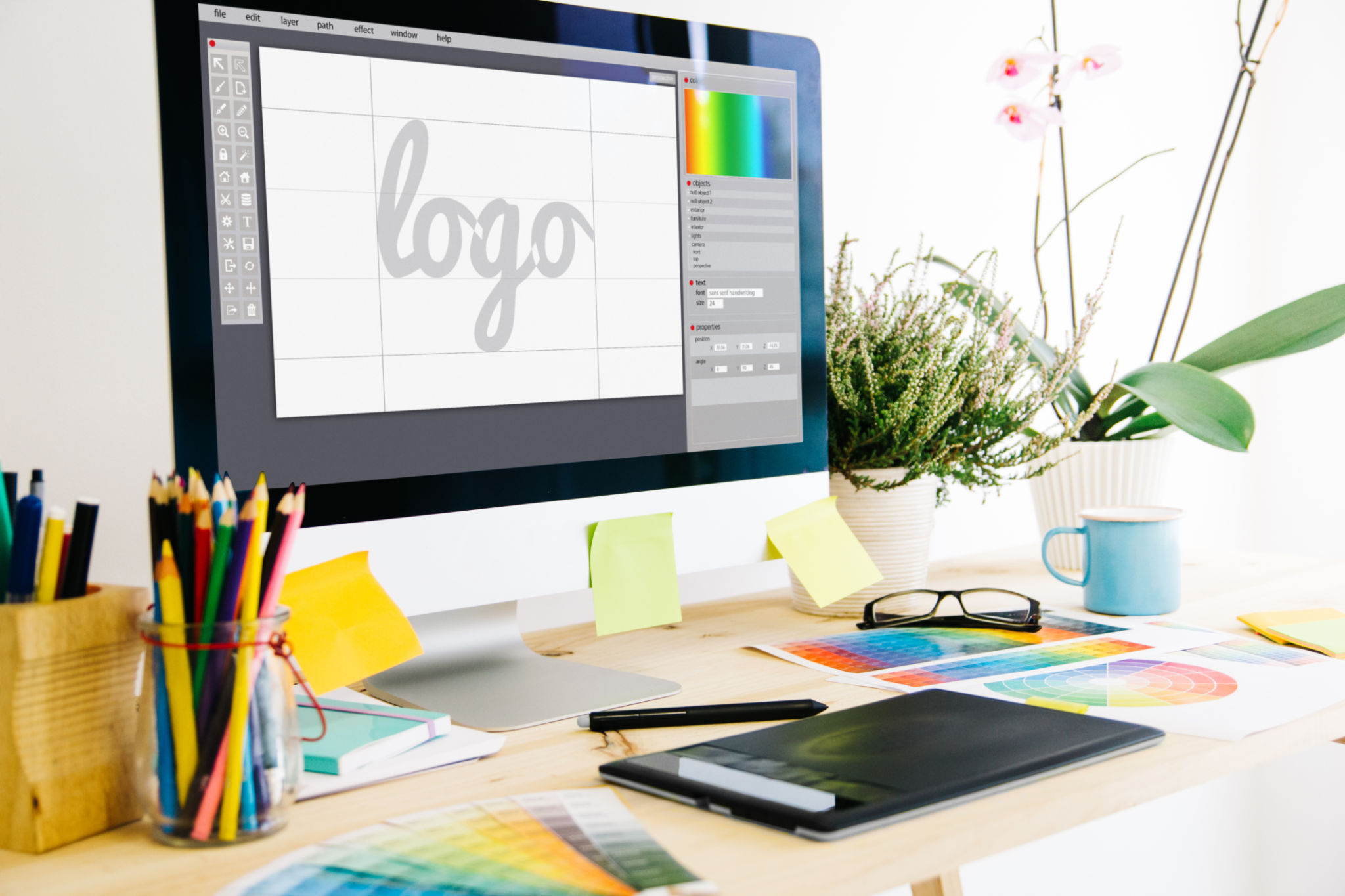DIY Branding Tips: Enhancing Your Image with Simple Design Techniques
Understanding the Basics of Branding
Branding is more than just a logo or a set of colors; it is the perception that your audience has about your business. A strong brand can set you apart from the competition and make a lasting impression on potential customers. Whether you're a small business owner or a freelancer, creating a cohesive brand image is essential in today's competitive market.
To start, you need to define what your brand stands for. This involves identifying your core values, target audience, and unique selling proposition. Once you have a clear understanding of these elements, you can begin to create visual and textual elements that represent your brand consistently.

Choosing the Right Color Palette
Colors play a crucial role in how people perceive your brand. Different colors evoke different emotions and can influence behavior. For instance, blue often represents trust and professionalism, while red can signify passion and urgency. When selecting a color palette, consider what emotions you want your brand to convey.
Stick to a limited color palette to maintain consistency across your branding materials. Typically, a primary color, a secondary color, and an accent color are sufficient. Use tools like Adobe Color or Coolors to experiment with different combinations and find the perfect palette for your brand.
Crafting a Memorable Logo
Your logo is often the first point of contact potential customers have with your brand. It should be simple yet memorable, embodying the key aspects of your brand identity. Designing a logo doesn’t have to be complicated; many online tools like Canva or LogoMaker can help you create a professional-looking logo without extensive design skills.
When designing your logo, ensure it is scalable and versatile. It should look good on everything from business cards to billboards. Consider how it appears in both color and black-and-white formats to ensure versatility.

Utilizing Typography Effectively
Typography is another critical element of branding that is often overlooked. The fonts you choose can communicate a lot about your brand's personality. For instance, serif fonts can convey a sense of tradition and reliability, while sans-serif fonts often feel modern and clean.
Limit your font choices to two or three to keep your branding cohesive. Use one font for headings and another for body text. This creates a visual hierarchy that guides the reader's eye through your content.

Creating Consistent Marketing Materials
Consistency is key when it comes to branding. All your marketing materials, from business cards to social media graphics, should reflect your brand's visual identity. This consistency helps build recognition and trust with your audience.
Consider creating templates for common materials like email signatures or letterheads. This not only saves time but also ensures that every piece of communication from your business is cohesive and professional.
Leveraging Free Design Resources
You don’t need a large budget to create high-quality branding materials. There are numerous free resources available online that can help you design like a pro. Websites like Unsplash offer royalty-free images, while platforms like Canva provide templates for all kinds of marketing materials.
Take advantage of these resources to enhance your brand’s visual appeal without breaking the bank. With some creativity and effort, you can create a compelling brand image that resonates with your audience.
